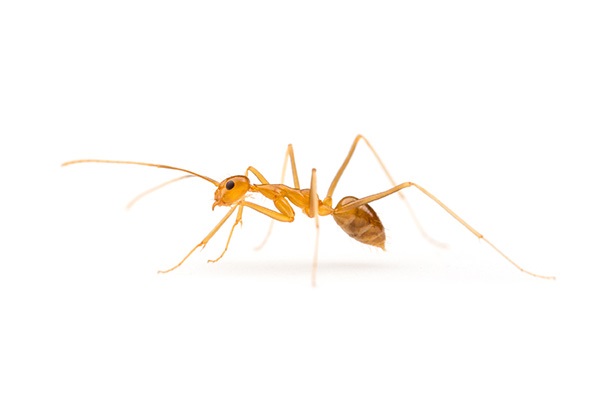Biosecurity Alerts
Current local biosecurity alert species are listed on this page.
Deer
Deer are one of Australia’s fastest spreading invasive pest species.
We have little to no deer in the Northern Rivers. However, our region contains habitat where they could thrive.
We are asking you to help us gather information about the presence of feral deer in our region.
Why are they a pest?
Deer are a pest species because they:
- breed quickly
- develop large herds
- have a huge appetite
- can increase in number and go unnoticed by community who are not fully aware of Deer signs
- graze and trample habitats of threatened fauna
In regions not far from the Northern Rivers feral deer are already causing environmental degradation.
Feral Deer Alert Program
We have joined The Northern Rivers is on Feral Deer Alert program to prevent local feral deer numbers growing out of control.
We are asking for the community’s help to learn where, when and which feral deer species are being seen locally.
You can assist us in collecting valuable data for the Northern Rivers Feral Deer Alert Program by completing a short survey before 31 November 2023.
For tips on how to identify if deer are present or moving through your property visit Deer Identification on the Feral Deer Alert website.
Complete the survey
If you see a deer!
Red imported fire ant

The red imported fire ant is one of the worst invasive species in the world.
Nests have been detected in Murwillumbah New South Wales.
NSW Department of Primary Industries has issued a Biosecurity Emergency Order. This restricts movement of fire ant carrier materials. This includes:
- organic mulch
- soil or anything with soil on it
- hay or baled material
- potted plants
- turf
- agriculture
- earth moving machinery
- mining or quarry materials
- sand and gravel.
For more information Red imported fire ants
Varroa Mite
In September 2023, the Federal Government body responsible for pest control, known as The National Management Group (NMG), announced its decision to shift the focus of their response from eradication to management of Varroa Mite.
New zoning has been established and all relevant mapping can be found on Department of Primary Industries (DPI's) website.
DPI also provide easily accessible information for beekeepers: Plain English guide for Varroa mite Emergency Order (nsw.gov.au)
The Varroa Mite Emergency Response Hotline at 1800 084 881 operates from Monday to Friday, between 9am - 5pm.
Yellow Crazy Ant

Yellow crazy ants were discovered in central Lismore in May 2018. To make sure the infestation does not spread beyond Lismore please report any sightings.
The yellow crazy ant (Anoplolepis gracilipes) has:
- pale yellow body colour
- unusually long legs and antennae.
- dark brown abdomen
- body length around 5mm.
They are considered to be in the top 100 invasive species worldwide and in large numbers can attack and kill small animals and birds and damage ecosystems.
View the Department of Primary Industries for the current status of this Yellow Crazy Ant biosecurity alert